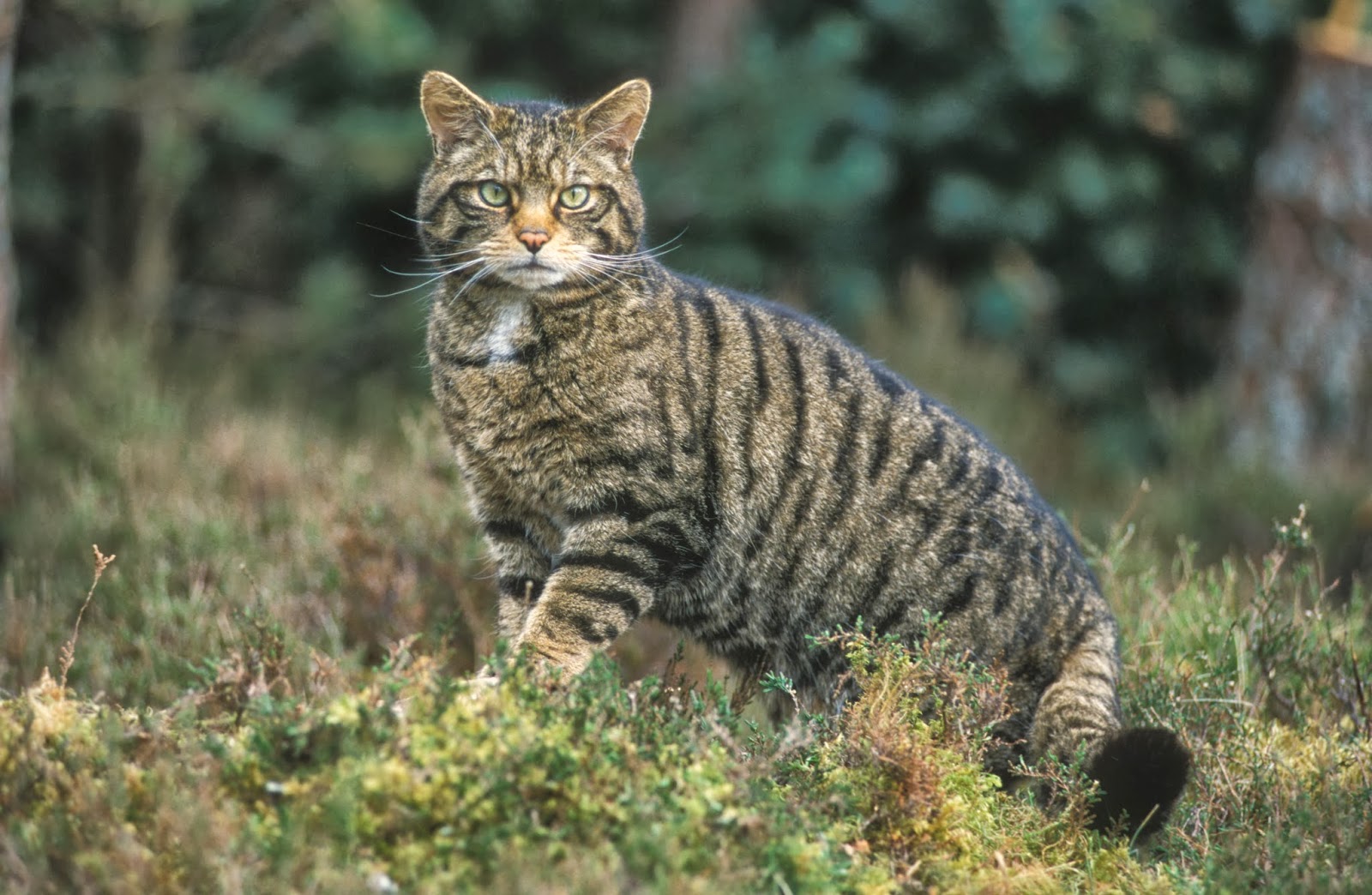Vector images are the images that contain
paths that contain text, lines and shapes. It is composed with lines and curves
to make the image smoother and the colours are arranged by a mathematical
equation called vector. Unlike raster images vector images are resolution
independent meaning the images will not lose their quality no matter how big
they are made. This would be useful for posters, magazine covers, website
images, web pages, web advertisements, logos and billboards.
The only disadvantage of vector is that it’s
not photorealistic. It lacks depth and appearance in the value and colours of a
continuous tone image.
PSD
PSD
is Photoshop Document shortened. It is created when you save a document on
Photoshop. It can be converted to a raster image or a vector image. It can have
the maximum height and width of 30,000 pixels and the limit size of 2
Gigabytes. It is used for Webpages and logos. But also Photoshop can also work
on raster images.
FLA
FLA
files contain source material from adobe flash. This format can be compiled
into Shock Wave Flash (SWF). Flash is also what’s used to make GIF files and it
is also known to make my own animations for web cartoons and for making flash
video games.
AI
Ai
files are used in Adobe Illustrator. It is a vector based format. It can be
used to make images and game sprites. I quickly made this character to show as
an example that even if you resize the image like a building it would not lose
its quality. In my personal experience I use Illustrator to create the
background and sprites for a video game I was making called “Halo Boy”.
PDF
In
1991 adobe systems created the Portable Document Format or PDF for short. It was
created to be a document format that can work on software, hardware and
operating systems. The contents of this format would have texts, fonts,
graphics and other information required. This is a vector because when I enlarge
the document it does not lose its quality and become blurry so I can see the
words clearly (it’s easier to read with vector formats).










